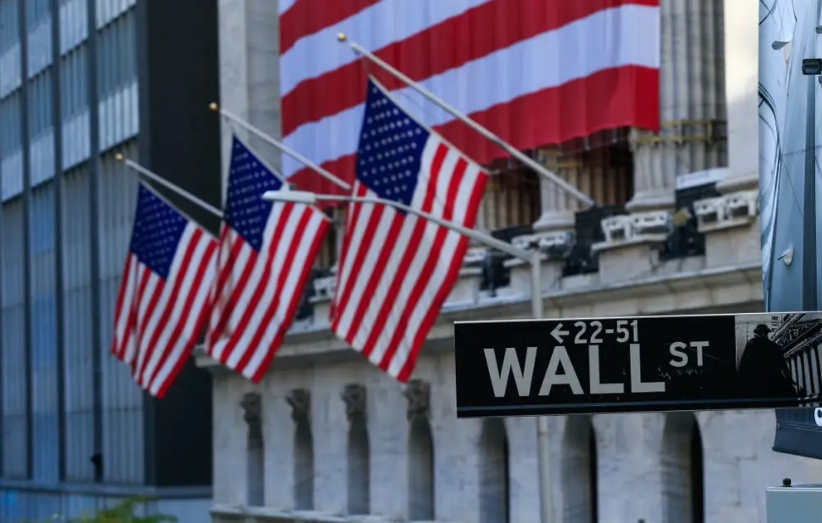BlackRock and BNY Mellon’s Blockchain Gambit: A New Era for Institutional Finance
The financial landscape is on the cusp of a transformation. BlackRock and BNY Mellon’s upcoming blockchain-enabled share class for the $150 billion Treasury Trust money market fund marks a critical step toward integrating distributed ledger technology (DLT) into the bedrock of traditional finance. This initiative, while modest in scope—targeting institutional investors with a $3 million minimum—has profound implications for liquidity, transparency, and the democratization of asset access.
At its core, the “DLT Shares” represent a pragmatic blend of old and new. The fund will continue to invest in short-term U.S. Treasury securities, maintaining its risk profile, while blockchain infrastructure managed by BNY Mellon will track ownership in real time. This mirrored record-keeping system aims to reduce settlement times, minimize operational friction, and enhance auditability. The move is less about crypto assets—these shares will hold no Bitcoin or Ethereum—and more about leveraging DLT as a foundational tool to modernize back-office processes.

The Strategic Imperative: Why Now?
BlackRock’s decision aligns with CEO Larry Fink’s broader warnings about U.S. fiscal discipline and the rise of crypto as an alternative store of value. In his 2025 shareholder letter, Fink framed tokenization as a response to both institutional inertia and investor demand for frictionless, transparent systems. The Treasury Trust’s DLT experiment also builds on BlackRock’s existing blockchain-native efforts, such as the $2.5 billion BUIDL fund launched in 2024, which invests in networks like Solana and Ethereum layer-2 solutions.
The firm’s ambition is clear: to position itself as the bridge between traditional finance (TradFi) and decentralized finance (DeFi). This is not just about efficiency gains. By digitizing shareholdings, BlackRock aims to open institutional-grade investments to a broader audience—eventually enabling fractional ownership and 24/7 trading—while competing with DeFi’s allure of disintermediation.
Regulatory Crossroads and Industry Momentum
The initiative hinges on SEC approval, a hurdle that BlackRock appears confident it can clear. The preliminary Form N-1A filing cites the fund’s conservative Treasury focus as a safeguard against volatility, while its blockchain infrastructure avoids the risks of direct crypto exposure. Analysts note that the success of BlackRock’s Bitcoin and Ethereum ETFs—now with combined assets exceeding $20 billion—could accelerate regulatory buy-in.
Yet challenges loom. Identity verification for tokenized assets remains underdeveloped, and global regulatory fragmentation could stifle scalability. For instance, the EU’s MiCA framework and U.S. SEC scrutiny create a patchwork of rules, complicating cross-border tokenization. Still, the momentum is undeniable: JPMorgan’s Onyx platform, State Street’s SPDR blockchain ETFs, and Calastone’s RWA tokenization trials all point to a sector-wide pivot.
The Broader Financial Implications
If successful, BlackRock’s DLT Shares could redefine liquidity and access in institutional markets. Real-time settlement could reduce counterparty risk, while fractional ownership might unlock equity in assets like commercial real estate or infrastructure that were once off-limits to smaller investors.
Critics, however, question the incremental nature of the project. The $3 million minimum retains exclusivity, and the reliance on institutional distributors like BNY Mellon limits mass adoption. Fink’s vision of a fully tokenized financial system—where every asset class is digitized—remains distant without broader infrastructure investment.
Conclusion: A Pivotal Experiment with Global Stakes
BlackRock and BNY Mellon’s blockchain initiative is more than a technical upgrade—it’s a strategic bet on DLT’s role in preserving U.S. financial dominance. With $2.5 billion already flowing into its blockchain-themed funds and a Treasury Trust that mirrors core institutional needs, BlackRock is testing whether tokenization can modernize legacy systems without compromising stability.
The data is compelling:
- The Treasury Trust’s 60-day maturity structure aligns with ultra-short-term liquidity demands, a $3.5 trillion market.
- BlackRock’s existing crypto ETFs have attracted $20 billion in 18 months, signaling investor appetite for hybrid products.
- Global RWA tokenization is projected to hit $2 trillion by 2030, per a 2024 McKinsey report, driven by institutional demand.
Yet risks remain. Regulatory delays, cybersecurity vulnerabilities, and the need for cross-border harmonization could slow progress. Still, the experiment’s success could set a template for everything from equity shares to derivatives, reshaping how capital moves across borders.
In the end, this is not just about blockchain—it’s about whether the $240 trillion global financial system can adapt to a world demanding speed, transparency, and inclusivity. BlackRock and BNY Mellon’s gambit may well decide the answer.









